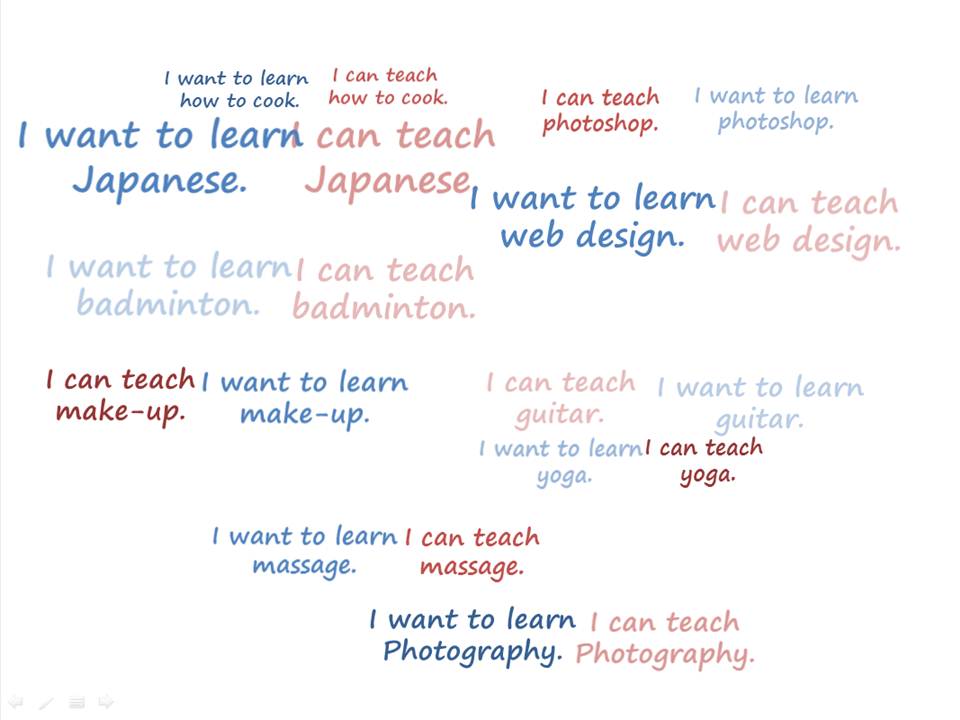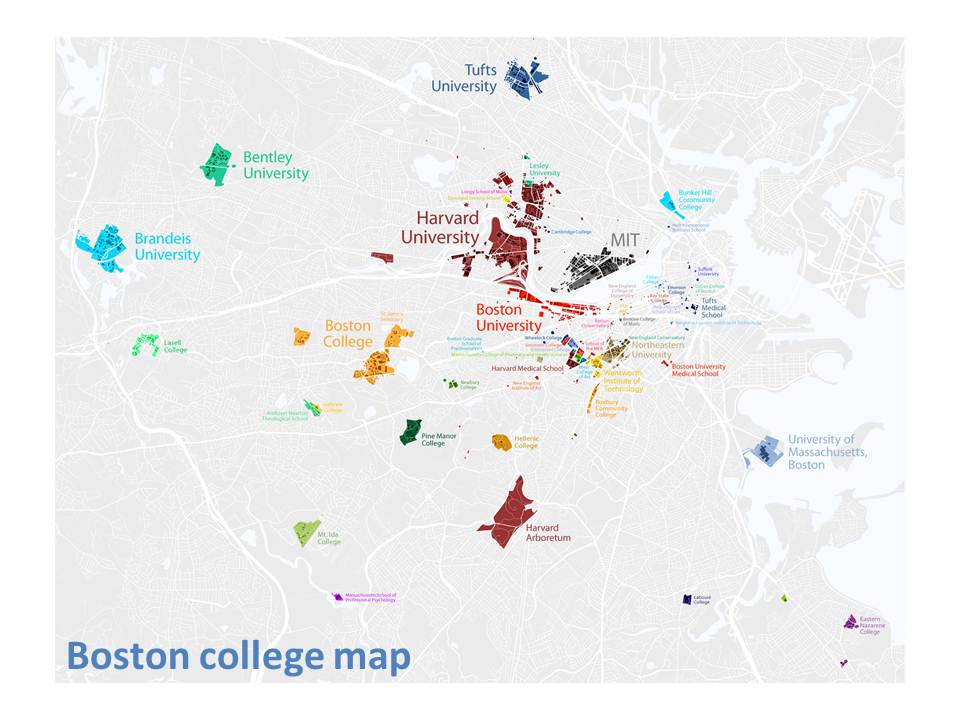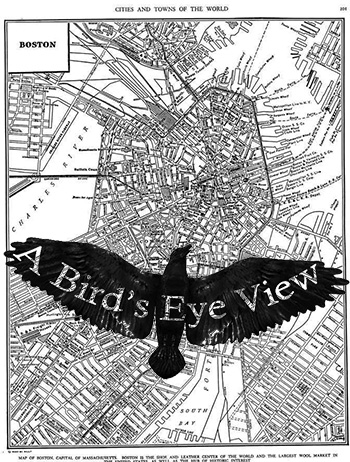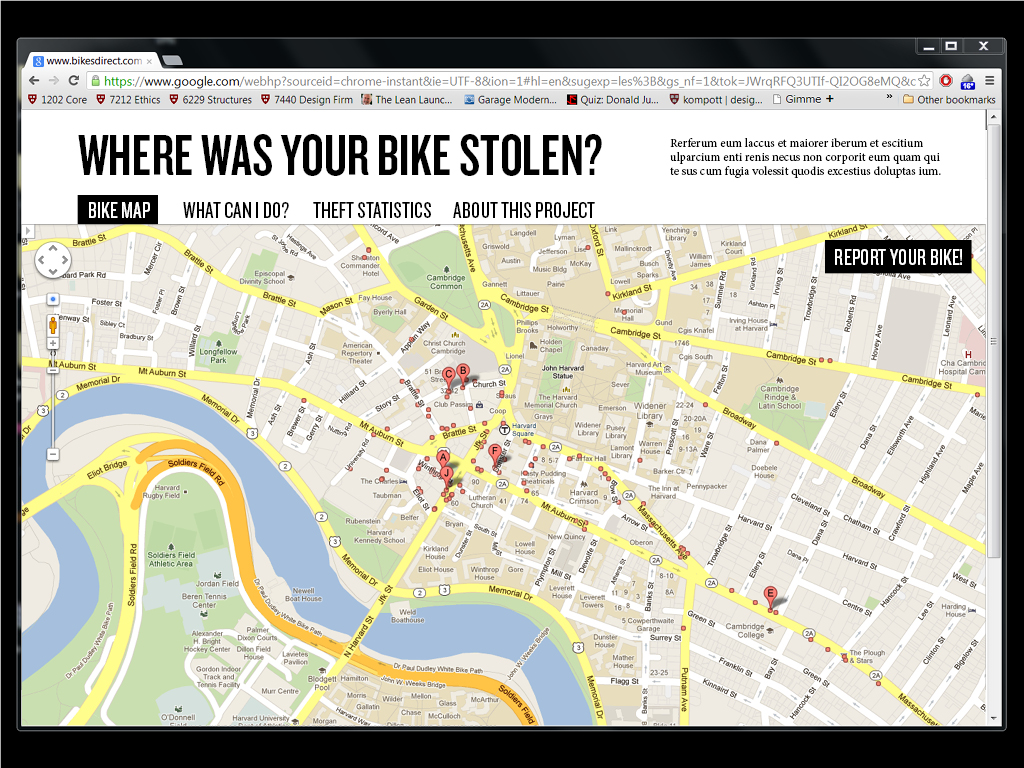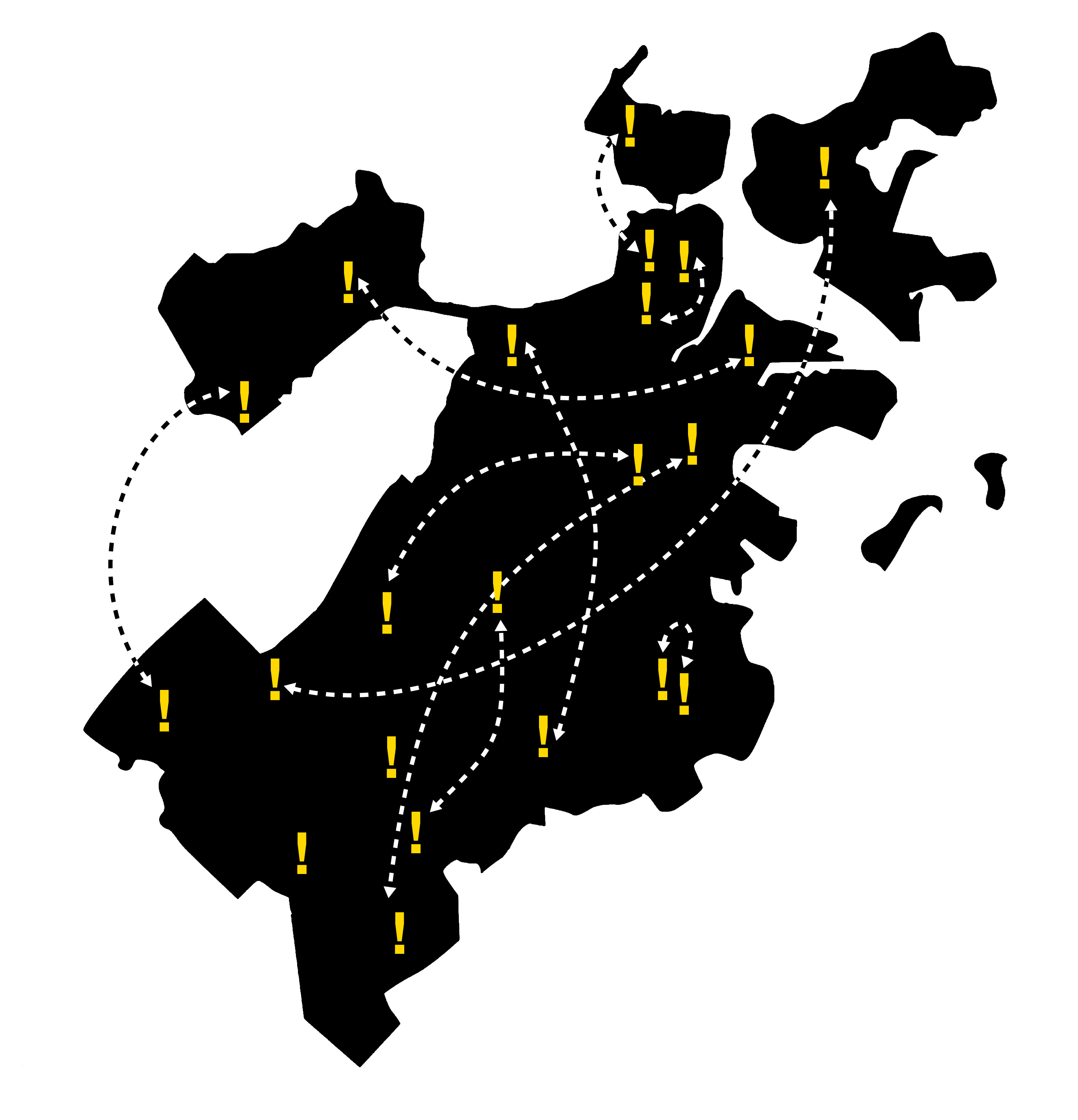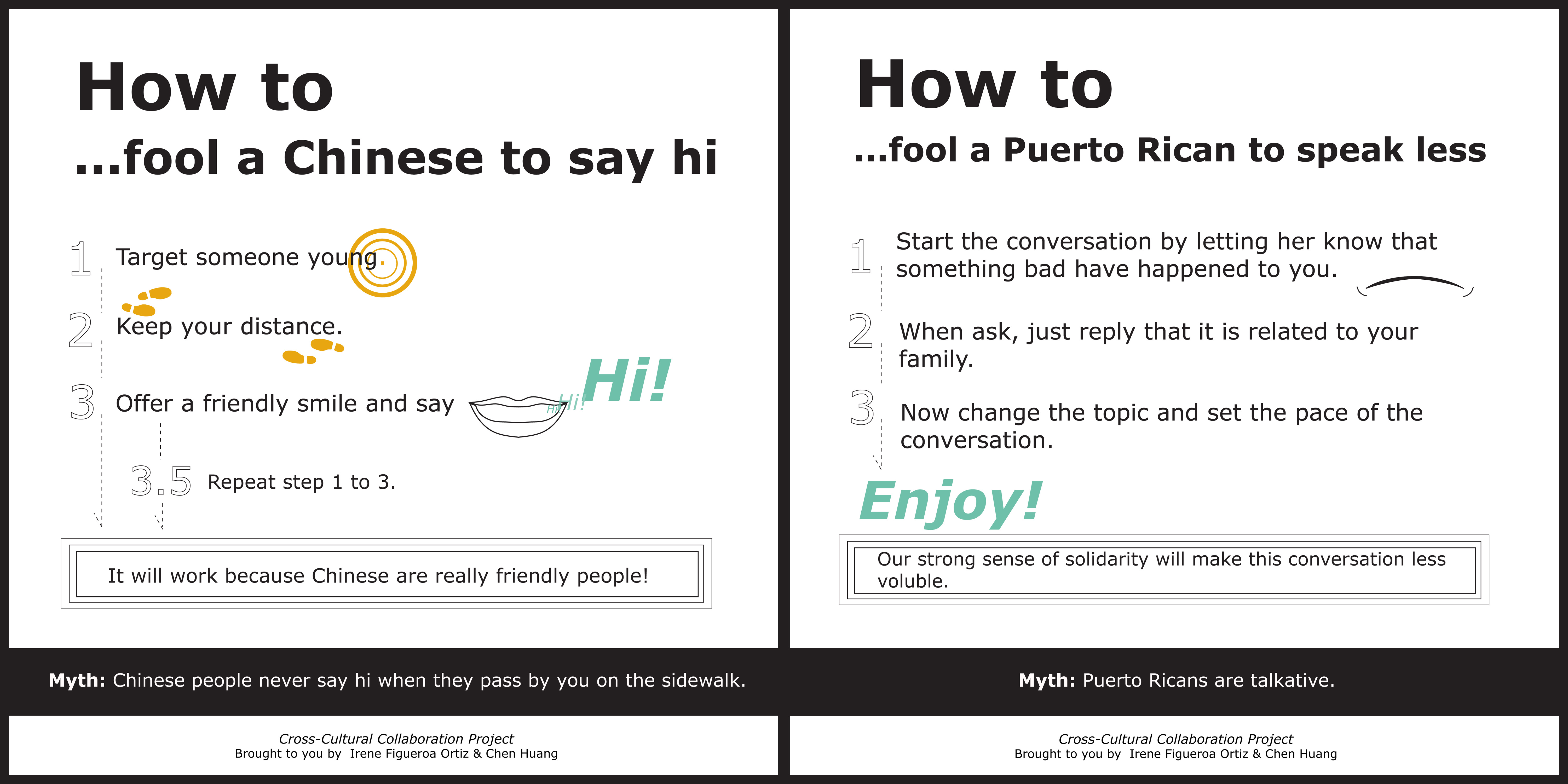Networked Urbanism
design thinking initiatives for a better urban life
apps awareness bahrain bike climate culture Death design digital donations economy education energy extreme Extreme climate funerals georeference GSD Harvard interaction Krystelle mapping market middle east mobility Network networkedurbanism nurra nurraempathy placemaking Public public space resources Responsivedesign social social market Space time time management ucjc visitor void waste water Ziyi
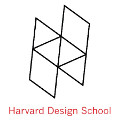
GSD Harvard – Fall 2012
Master Studio carried on during the Fall semester at the Urban Planning and Design Department at Harvard Graduate School of Design (GSD). Exploring the new role of the urban designer as an activator, mediator and curator of social processes in a networked reality where citizens are active producers or prosumers.
LearnIt
Think Big:
To create a quality, affordable, peer-to-peer learning platform. For people who:
-Are driven by a passion to share real-world skills based on his or her individual expertise.
-Have a broad spectrum of interests and want to try something out.
Start Small:
The first phase of the project aims to connect high school students with college students. High school students can get a taste of what college life, figure out what they want to learn in college among a broad spectrum of interests and get prepared for higher education. College students can make some money sharing what they are good at, what they have experienced and what they are learning.
The project would be based in Boston, taking advantage of the great university resources in Boston area.
Act Now:
This week I’ve got in touch with the director for Harvard Secondary School Program, GSD J-term and Career Discovery, GSD Project Link, Flinja. I’m scheduling several interviews with them, trying to find out how they reach out to high school students, what are the connection built that I can borrow, what are the most popular interests from past experience. Meanwhile, I’m conceptualizing the website interface.
I thought I was pretty much underway with my project, however after my desk crit last week it was suggested (gently) that I’m still circling, raptor-like. My original thought was to start collecting video of some lesser known space in Boston and work with the New Urban Mechanics and MyBlockNYC on a mapping project that might show more of the city through more eyes. I’ve also reached out to Ed Walker to talk about publicizing and reinvigorating spaces. I thought I might work with the group who approached Chris and Kate about a project on segregation. But I think I went too specific too fast.
THINK BIG: How do I get people in Boston out of their “space & place” comfort zones? How do I get them to different parts of the city without resorting to games & gimmicks?
START SMALL: I’m approaching this question from a new angle. I’ve reached out to a few non-Bostonians and asked them to create a tour of Boston based on anecdotal and web-based knowledge. I think I’m too ingrained in my own Boston experience to actually think like a tourist, or like someone who hasn’t been to Boston before and it’s giving me tunnel vision.
ACT NOW: This weekend, God help me, I’m going to go on at least one of the devised tours. For all my blustering about knowledge of space, there are more than a few spots I haven’t been in Boston for the sole reason that they’re tourist traps. I’ve never been to Cheers. Who knows? Cheers could be the most amazing place on the planet and I’ve been missing out all these years.
I would dearly love and cherish any thoughts on, and suggestions for, research and people who can help. Again, I’m stuck on this “knowledge of space” thing and I’m not sure where it’s going.
This week, I have been working on coding the bike theft map website. It is slowly coming into being. The basic layout and map functionality is completed, and the reporting mechanisms are minimally functional. I hope to complete this part of the project by this week.
In addition, I am scheduling interviews with bike theft victims to better understand the circumstances and explore other aspects of the crime that I have not yet explored. Particularly, I suspect there is a very personal narrative that exists with these events, and want to begin to collect those stories.
In the meantime, I am wondering how to reach out to bike theft victims to get the word out about the mapping tool, as well as collecting interviews. Do you know of anyone who has had their bike stolen? If so, please get in touch!
Think Big:
Design a physical social network in which people of similar interests, ideas, skills are connected through means of the physical environment.
Start Small:
There are currently two paths my research can take me; both of which I am excited about. I am currently pursuing both paths to see if they can soon combine into one.
1) A Physical Social Network in which a location specific object (ie. table within a cafe) is the point of connection between two people with similar interests. In this scenario, people can leave specific ‘traces’ of themselves throughout the city. You can sit at a table and see those who have sat there before you; based on individual layers. This concept begins to form new community boundaries and connections by means of our physical environment.
2) A digital submission process for New Urban Mechanics. I am currently working with the New Urban Mechanics office in developing a way to easily submit ideas, connect with those interested in similar concepts, and immediately connect someone needing a specific skill with someone who has it.
Act Now:
I am simultaneously working to conceptualize a platform for the physical social network while connecting with the New Urban Mechanics office and other companies who are attempting at connecting specific people based on interests, skills, or location. Current connections include:
- New Urban Mechanics
- OurCommonPlace.com at Harvard iLab
- USAdelante at Harvard iLab
- Active Pepper at Harvard iLab
- Ed Walker with Small Cities Movement
- Sociologist Bart Bonikowski
- Connections Group at Berkman Center for Internet & Society
Instead of the sticking ideas from the start, in this one week I am bombarded with opportunities (with brief description) to consider:
A.) Ephemeral City (location based app that focuses on nearby and occurring events. Can partner with iLab venture Hottspot http://hottspot.co/ [thanks Stacey] or work with @hyunez’s project to create something substantial together)
B.) OurGoods (work with existing Bartering community to add a layer of physical socializing)
https://ourgoods.org/users/4827/profile
C.) Turf in the Plaza (Ad hoc artificial turf in wide-open plazas to redefine spatial quality. Best to work with New Urban Mechanics.)
D.) PING in the real world. (Projection installation that makes people play Ping in real life.)
http://www.creativeapplications.net/games/ping-augmented-pixel-tutorials-games/
E.) Student p2p support. (Working with HBS startup USAdelante to create Mobile App that bridges students to support each other, as a solution to the overly high ration between students and counselor)
Act Now :
What I must do now is make a choice. I believe I know what the next steps would be for each of the paths.
Think Big:
32 percent: The growth in the number of international students in the past decade.
157,558: The number of students from China, a group that makes up 22 percent of all international students.
23 percent: The growth for all Chinese students in one year.
Chinese students have become a major force in international students in US. What will they learn in the United States? What will they confront? Most Chinese applicants are not aware enough before they come, while there are already so many Chinese students in the United States. One group needs to know, while the other knows. How can we build the linkage between these two groups?
Start Small:
Chinese students in GSD have been growing in the past few years. Currently there are more than 100 Chinese students. Of this 100 students, there are people from different programs, different ages, different backgrounds… Starting from this group, we could begin to understand how the linkage could be established, and how their information could benefit the students after them.
Act Now:
Currently, I’m trying to unit the current Chinese students to let them feel the power of themselves. In the meantime, I’m interviewing students from different program. The talk would be mainly around their academic study (what they expected, what they have learned, what are the challenges, etc)
1. Build a website to record the activities and events of Chinese GSD students.
2. Interview starts from MLA program (first, second and third years)
First Interviewees: GU Zi (2nd year), DONE. DAI Zhewen (2nd year), Appointment 10/2. HAO Peichen (1st year), Appointment 10/5. HAO Shuai (3rd year), Appointment
Expected output: a brochure of their talk & online access
3. Contact applicants in China to see what they want to know. (personal contact & online forum)
This past week we had the opportunity to visit the Villa Victoria housing project in South End. From multiple talks, we learned that the former mostly Puerto Ricans community has changed over time to a more diverse demography. What used to be a purely Puerto Rican community now has a big Chinese community and other Hispanic ethnics. Some of the questions raised by this visit were:
How can you reduce segregation?
How can we create conditions that would make people interact outside their own cultural groups?
How can we make people collaborate with people outside their own cultural group?
These questions led to a one-day workshop where Chen Huang (from China) and I (from Puerto Rico) sat down and talked about our cultural backgrounds in order to find common grounds. The exercise helped us identify three main issues that threaten cross-cultural interactions; myths, cultural differences, and lack of trust. In order to create a ground for cross-cultural interactions it is necessary to equip each group with tools to understand and deal with their differences. The image above was a result of the exercise.
Think Big:
I want to help Boston support and promote hyper-local knowledge of space to improve racially/ethnically segregated and economically stratified socio-spatial interaction/habitation. In other words, how can cities use digital crowdsourcing and geosocial networking to make more city spaces visible to more people?
Start Small:
MyBlockNYC.com is an interactive mapping website that captures and presents personal video accounts of the life and culture of New York City with the goal of creating an intimate, evolving, and complete portrait of the city. New Yorkers upload videos they take of their neighborhood which are then geo-tagged and organized geographically, thus building an interactive video map of New York. I’ve contacted the developers of myblockNYC.com about their site and what it would take to expand the tool to Boston. I’ve also contacted Boston Mayor Menino’s New Urban Mechanics lab and asked for the contact information of the group working on segregation that was mentioned in our studio’s meeting last Thursday.
Act Now:
While I’m waiting to hear back from the New Urban Mechanics lab, this weekend I plan to start taking my own video of some of the neighborhoods identified as relatively homogenous via 2010 census data.
“Where do I go to talk to my neighbors about the new building policy?”
“How do I find out about lectures and events around my area?”
“Can I borrow a lawnmower from a neighbor?”
“I want to tell people about how much I love this park!”
Think Big
While the internet excels at facilitating discussions with strangers located halfway across the world, there is a conspicuous absence of online services that cater to answering the above questions. These activities are still largely conducted via analog means, ie. bulletin boards and face-to-face encounters. But one can imagine a whole host of applications which can benefit from location-specificity. These include:
- • Classifieds (buy & sell, activity partners, job postings)
- • Announcements and bulletins
- • Discussion boards
- • Live chat
- • Local events
- • Community building
Can we create an easy-to-use medium for the exchange and dissemination of location-specific information?
Start Small
The service will be rolled out in a phased manner. Events and announcements will be introduced first in order to generate site traffic. Discussion boards will follow once a larger readership is established.
Act Now
I am currently mocking up a front-end interface for the service. It will initially focus on location-specific announcements and events.
-Think Big-
With growing pressure and demands on city budgets today, municipalities are facing shortages of funds for many of their departments. In particular, departments that focus on servicing and improving the public realm frequently face cuts in their annual and capital budgets. Often, this means that many urban public spaces don’t receive the attention that they need to meaningfully serve their residents. A capital project to improve a public square may be shelved until brighter days in the city’s future. Programs in the park may be cut back because there isn’t money to spend on community activities. Street furniture may slowly deteriorate as cities cut the funds dedicated to street amenities.
At the same time as funding for the public realm is frequently coming up short, public space continues to play a vital role in our cities. Public spaces cultivate community, spur economic activity, promote social cohesion, and enrich residents’ health and well-being, among many other important roles. Given this challenging fiscal climate in many cities, how can we continue to activate public spaces to foster community, connect residents to their neighborhoods and each other, and create vibrant cities in a cost effective manner? How can we sustain activated public spaces in the long term?
-Start small-
Although I have ideas about how to start tackling this problem this from the top, I am going to begin exploring answers to this question by starting bottom-up, by implementing my own public space interventions and “learning by doing.” I hope to develop many ideas and try to implement them as I can, thus allowing the process of innovation&implementation to produce outcomes, which I can then learn from – nurturing and learning from both success and failure. In the process, I hope to engage and involve local organizations and/or municipal departments to form a broader understanding of connections between organizations, residents, the city, and how collaborations can be formed to cost-effectively activate public spaces.
-Act now-
I’ve been speaking with experts in the GSD community and at the City of Boston, and I have a few more contacts I’ll be contacting soon. I’m still refining my ideas for the kinds of interventions I would like to do. I would like to implement an intervention in the back yard of Gund Hall, and I’m working with building services to try to make it happen. I also am studying the Cambridge Common space to start planning some interventions there.
« Previous 1 2 3 4 5 6 7 Next »
